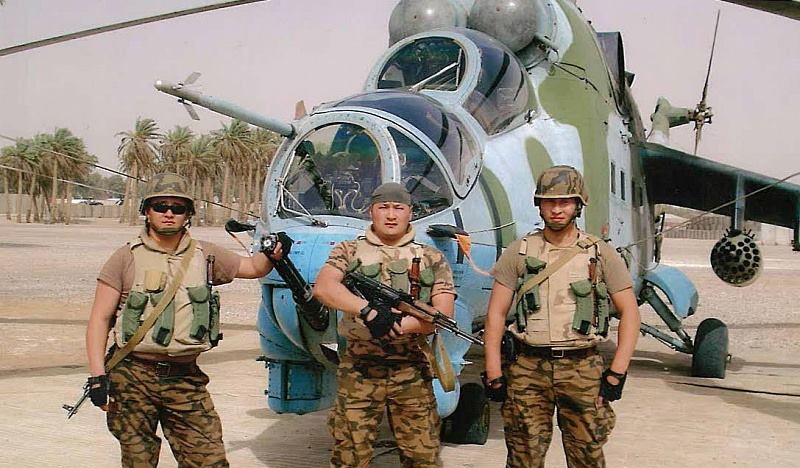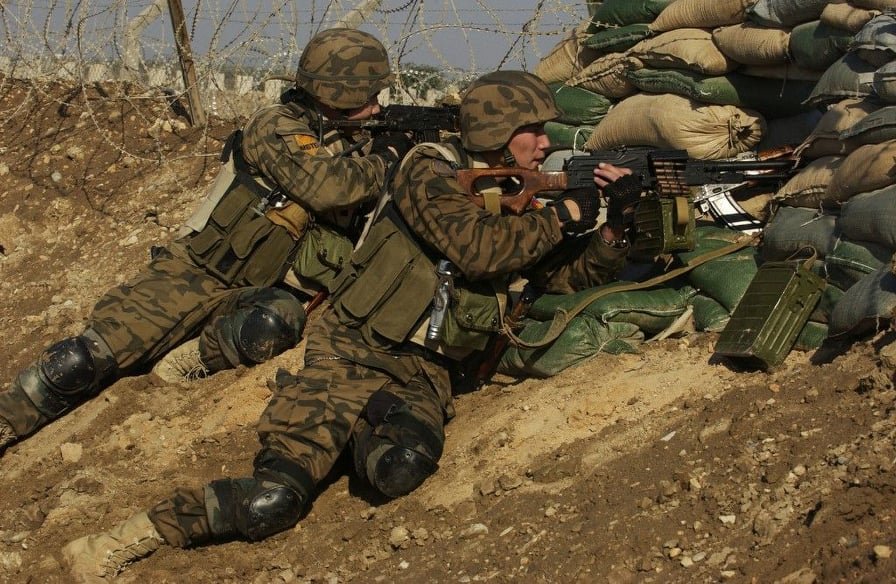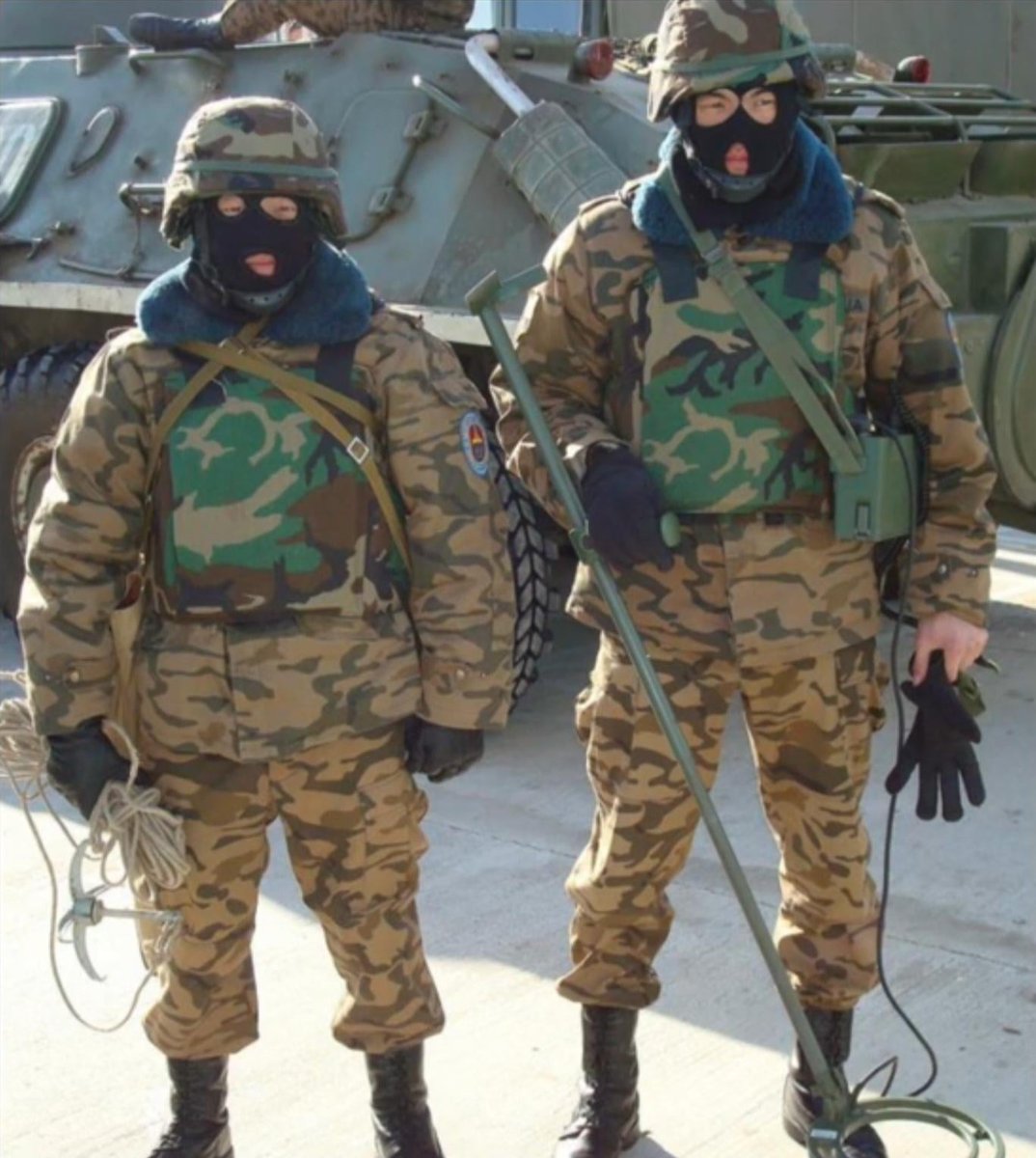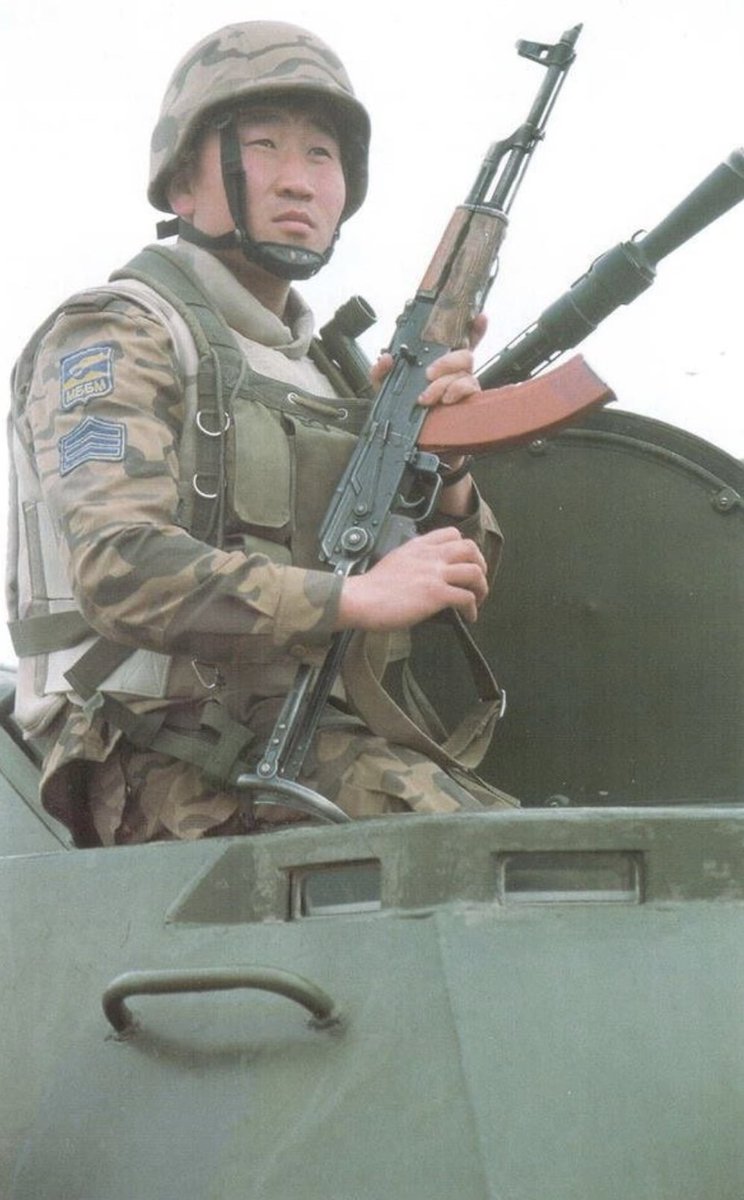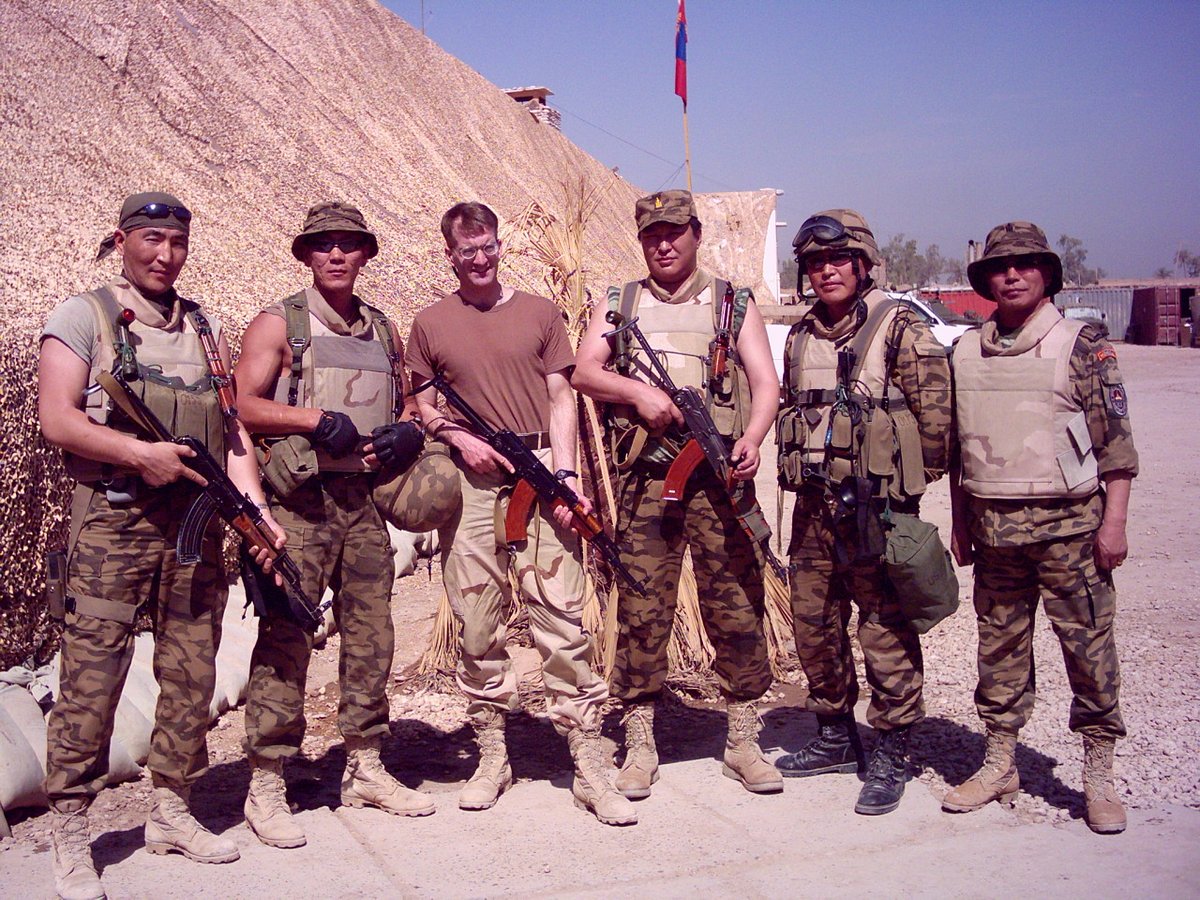PSA NUCLEAR WAR SURVIVAL 🧵
Some people have posted about a potential nuclear war but the lack of knowledge about surviving a nuclear conflict is not as common as it should be. Its a multifaceted monster but we will go over the main horrors you will have to overcome to survive.
Some people have posted about a potential nuclear war but the lack of knowledge about surviving a nuclear conflict is not as common as it should be. Its a multifaceted monster but we will go over the main horrors you will have to overcome to survive.

The blast.
Below is an image of estimated blast sites based on limited exchanges (triangles) and full blown war (black dots plus triangles) generated by FEMA. If you want to use a service like to better estimate your survival based on missiles you can. https://t.co/sngYjRsLYnnuclearsecrecy.com/nukemap/

Below is an image of estimated blast sites based on limited exchanges (triangles) and full blown war (black dots plus triangles) generated by FEMA. If you want to use a service like to better estimate your survival based on missiles you can. https://t.co/sngYjRsLYnnuclearsecrecy.com/nukemap/

To survive the blast you want to hope you're not in an area directly targeted, else you will probably just be vaporized. If not, stay away from windows and follow tornado survival rules. Do not look at the blast, cover your head and keep your mouth open to prevent eardrum burst. 

FALLOUT
This is going to be a long section. There is much to cover.
Fallout is radioactive dust that follows a nuclear explosion. It will be worse if the missile is a groundburst versus airburst but it will exist in both cases. This radiation will penetrate far and wide.
This is going to be a long section. There is much to cover.
Fallout is radioactive dust that follows a nuclear explosion. It will be worse if the missile is a groundburst versus airburst but it will exist in both cases. This radiation will penetrate far and wide.

Theres 2 types of fallout. We will NOT be covering the long term carcinogenic type. If you survive, cancer isnt a concern.
Instead we will discuss the acutely deadly type with a shorter half life. First lets cover a half life.
Instead we will discuss the acutely deadly type with a shorter half life. First lets cover a half life.

A half life is basically the amount of time to have half of the material decay into another, more stable product. For example, some radium isotopes used for old watches and night sights decay into Radon gas (if you own a yugo sks, you should not lick the sights because of this) 

Local fallout.
Lets begin with the 7-10 rule which is "every sevenfold increase in time after detonation, there is a tenfold decrease in the radiation rate" so after 7 hours, the radiation is only 10% of its strength. This rule of thumb is imperative, keep the hours noted.
Lets begin with the 7-10 rule which is "every sevenfold increase in time after detonation, there is a tenfold decrease in the radiation rate" so after 7 hours, the radiation is only 10% of its strength. This rule of thumb is imperative, keep the hours noted.

Where do you hide to survive?
Stay in your house. If possible prior to the blast, tape off your windows and doorways with duct tape to reduce the chance of dust entering. If you can cover these in a plastic tarp prior to taping this can also help in case of glass breaking.
Stay in your house. If possible prior to the blast, tape off your windows and doorways with duct tape to reduce the chance of dust entering. If you can cover these in a plastic tarp prior to taping this can also help in case of glass breaking.

Where in the house do you stay?
As low and inside as you can get. You want to put as much mass between you and the fallout to add protection from the fallout. A crawlspace or under the stairs is ideal for this. Fortify it with dense objects to surround yourself with. H
As low and inside as you can get. You want to put as much mass between you and the fallout to add protection from the fallout. A crawlspace or under the stairs is ideal for this. Fortify it with dense objects to surround yourself with. H

How long will you need to stay?
This depends entirely on where you are at and how heavily contaminated it is. Have multiple radios to listen to reports of safety in your area. The roughest of rough estimates range between a few days to 5 weeks. Be prepared for at least 6.
This depends entirely on where you are at and how heavily contaminated it is. Have multiple radios to listen to reports of safety in your area. The roughest of rough estimates range between a few days to 5 weeks. Be prepared for at least 6.

Lastly comes the iodine question.
Does it keep me safe?
Yes and no. It protects the thyroid from absorbing radioactive iodine but it doesn't protect you from acute radioactive death. Only mass between you and the radiation can do that for you.
Does it keep me safe?
Yes and no. It protects the thyroid from absorbing radioactive iodine but it doesn't protect you from acute radioactive death. Only mass between you and the radiation can do that for you.

In summation. Nuclear attack IS SURVIVABLE but it REQUIRES PREPARATION. All my sources are from government agencies and fromhttps://defconwarningsystem.com/links-tools/ do research now to protect you later.
• • •
Missing some Tweet in this thread? You can try to
force a refresh





